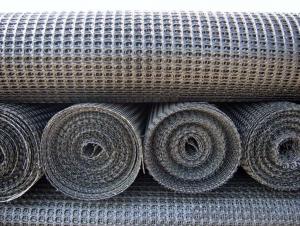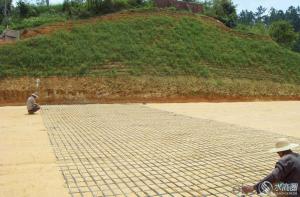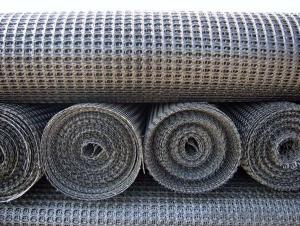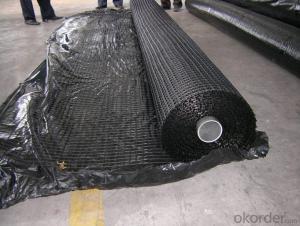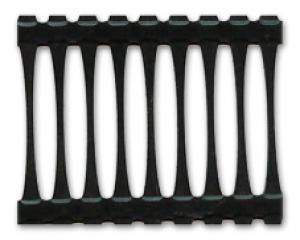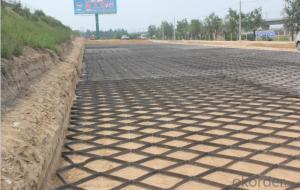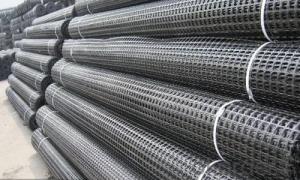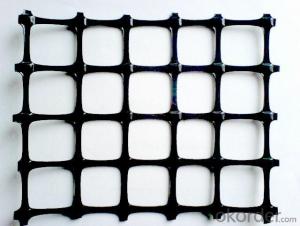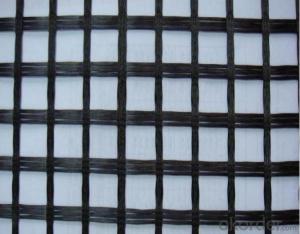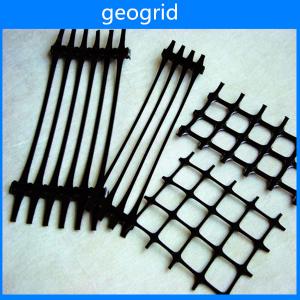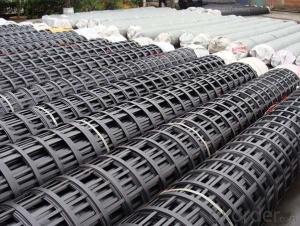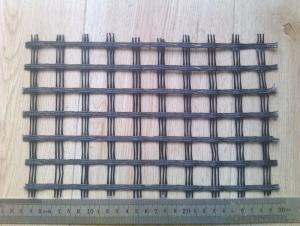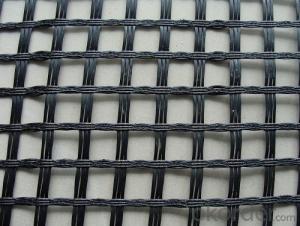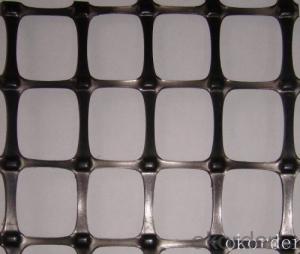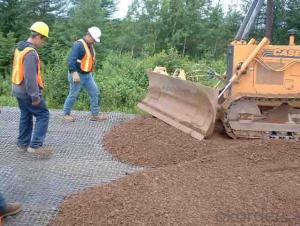Geogrid For Pavers
Geogrid For Pavers Related Searches
Geogrid Pavers Geogrid Paving Geogrid Grass Pavers Geogrid For Gravel Geogrid Under Pavers Geogrid For Gravel Roads Geogrid For Roads Geogrid For Driveways Geogrid Paver Geogrid For Road Construction Geogrid Plastic Paver Geogrid Pavement Geogrid For Slopes Geogrid For Horse Paddocks Geogrid For Gravel Driveway Geogrid For Driveway Geogrid Paver Base Laying Geogrid Geogrid For Soil Stabilization Geogrid For Steep Slopes Geogrid Applications Landscaping Geogrid Geogrid Fabric For Roads Geogrid For Erosion Control Geogrid Uses Geogrid With Geotextile Geogrid For Road Stabilization Gravel Geogrid Best Geogrid Geogrid PatioGeogrid For Pavers Supplier & Manufacturer from China
Geogrid for pavers is a type of geosynthetic material that is specifically designed to reinforce and stabilize pavements and other ground surfaces. This innovative product is made from high-quality polymers and is engineered to distribute the load evenly across the ground, thereby enhancing the overall structural integrity of the paved area.Geogrid for pavers is widely used in various applications, such as parking lots, driveways, walkways, and other pedestrian and vehicular traffic areas. By incorporating this product into the construction process, contractors can significantly reduce the risk of pavement failure, cracking, and settlement, ultimately leading to a more durable and long-lasting surface. The use of geogrid for pavers not only improves the performance of the paved area but also helps in reducing maintenance costs and extending the lifespan of the infrastructure.
Okorder.com is a leading wholesale supplier of geogrid for pavers, offering a vast inventory of this high-performance product to customers worldwide. With a strong commitment to quality and customer satisfaction, Okorder.com ensures that each order is fulfilled promptly and accurately, providing businesses and contractors with the materials they need to complete their projects successfully. By partnering with Okorder.com, customers can benefit from competitive pricing, reliable service, and a comprehensive selection of geogrid for pavers to suit their specific requirements.
Hot Products


